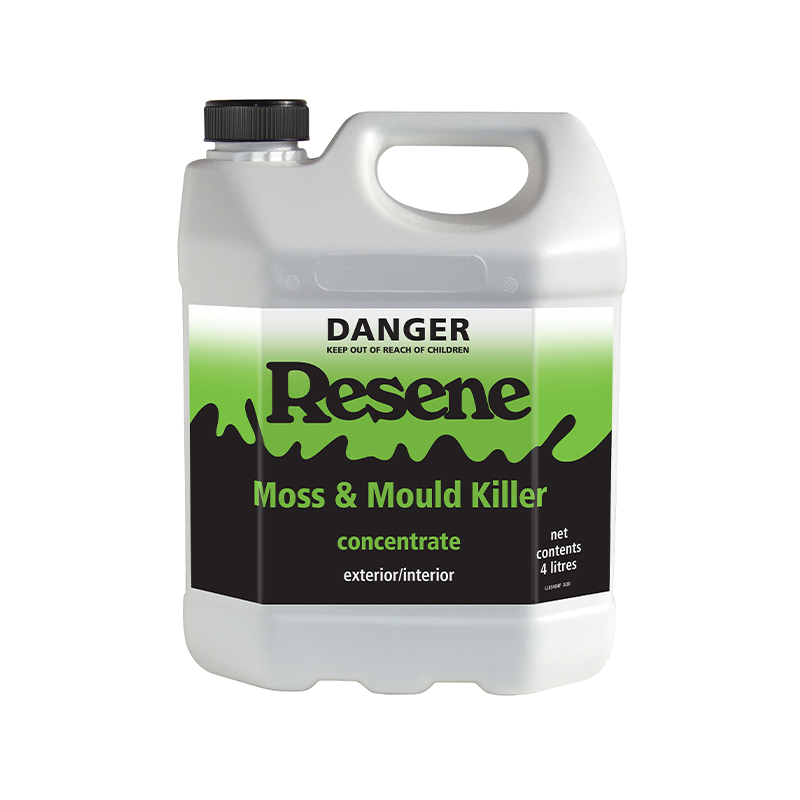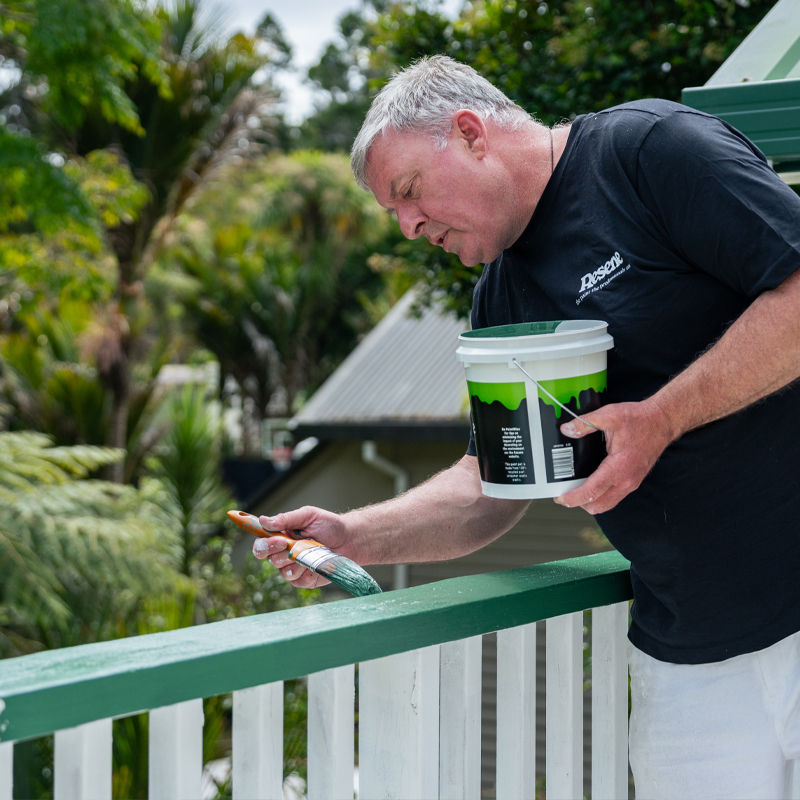Painting the exterior of your home might just be one of the biggest DIY projects there is, but freshly-painted weatherboards can instantly boost your home’s street-appeal and have a positive effect on the way you feel about where you live. The key to tackling this daunting task is breaking the project into manageable pieces. Remember, Rome wasn’t built in a day! With the right planning, prep, products and know-how you’ll have your house looking its best, without the price tag.
In this Ask an Expert video, Resene paint expert Jay Sharples shows you how it’s done.
Clean and prep
As always, it’s important to clean your surfaces before painting. Use Resene Moss & Mould Killer, with a particular focus on the south-side of the home, as this is usually where mould tends to occur. You need to treat the mould before you repaint, otherwise mould can grow through your new paint finish
Next, clean your exterior with Resene Paint Prep and Housewash. “This is great at removing old chalky paints or contaminants off the surface, which you must get rid of before applying fresh paint,” says Jay. It’s also ideal to use this cleaner one to two times a year to keep your paintwork in good condition, which will save you needing to repaint too soon.
Now it’s time for the real prep. Even though it can be tedious, properly preparing your weatherboards before painting will ensure the longevity of your paint job.
“Do it once and do it properly,” says Jay. Use either a sander or a scraper to remove bits of loose, flaky paint.
Spot prime any bare areas with Resene Quick Dry primer undercoat. Use a brush or a roller, depending on the size of the area you’re working on.
Now, take a look around every surface for any imperfections that might need filling. Look for cracks, nail holes, marks and dings, and use Resene EzyFill Quick to fill them.











